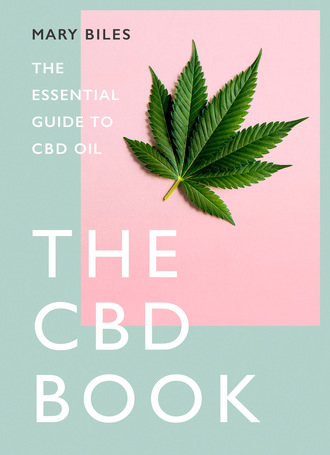
Полная версия
THE CBD BOOK
One of the chief concerns of agencies like the FDA and the Food Standards Agency (FSA) in the UK, is whether CBD oil products are safe to be consumed by the public. In several countries, including the US and the UK, a cross section of CBD oils have been tested and in general the amount of CBD oil advertised on the label is not reflected in the product. In many cases, more than the legal limit of THC (0.3 per cent in the US and 0.2 per cent in the UK) can be found, which, as well as potentially causing unwanted intoxication, could lead to consumers failing drug tests.
CHANGING ATTITUDES TO CBD
The World Health Organisation (WHO) reported their own findings on CBD in their 2018 Critical Review Report.12 They found CBD to be well tolerated with a good safety profile, free from any risk of addiction or abuse, and acknowledged its clinical use in childhood epilepsy. However, the report mostly referred to purified CBD used in scientific research rather than CBD-based products sold to consumers.
In 2018, there were also some big changes on either side of the Atlantic. In the UK, CBD went on sale in the high-street health-food store Holland and Barrett, instantly becoming one of their most popular products. Pharmacies and supermarkets followed suit, making CBD accessible to consumers who felt uncomfortable buying their CBD oil online.
In the United States, the 2018 Farm Bill successfully removed hemp (Cannabis sativa containing less than 0.3 per cent THC) from the list of Schedule 1 controlled substances. Finally, hemp was just another agricultural commodity that could be grown legally by farmers and transported across state lines. In the past, hemp could only be cultivated with special licences for scientific research, so most of the CBD oil available in the US came from European-grown hemp. Following the Farm Bill, companies can now make their CBD oils from 100 per cent American-grown hemp.
Does this mean CBD is now legal state-wide? Well, not exactly. At a federal level, CBD continues to be a Schedule 1 controlled substance and hemp-derived CBD is only legal if the hemp is produced in a manner consistent not only with the Farm Bill but also associated federal and state regulations, and is produced by a licensed grower.
There was also a historic moment in the UK in 2018, when the government agreed to reclassify cannabis-based medicinal products to Schedule 2, making it possible for doctors to prescribe cannabis to patients. However, this does not have any direct impact on the CBD nutritional supplement market, as these products cannot be prescribed by physicians.
FIRST CBD PHARMACEUTICAL DRUG APPROVED
Almost 40 years after Raphael Mechoulam’s pioneering study using CBD to reduce seizures in patients with epilepsy, the British biopharmaceutical company GW Pharma finally got authorisation to market its antiseizure drug, Epidyolex. Containing purified CBD, Epidyolex had successfully passed through the lengthy and expensive randomised clinical trials for two rare classes of drug-resistant epilepsy: Dravet and Lennox-Gastaut syndromes.
Epidyolex thus became the first cannabis-based drug to be approved in the United States and is also available in Europe. However, in the UK, NICE has restricted Epidyolex to Dravet and Lennox-Gastaut Syndromes.
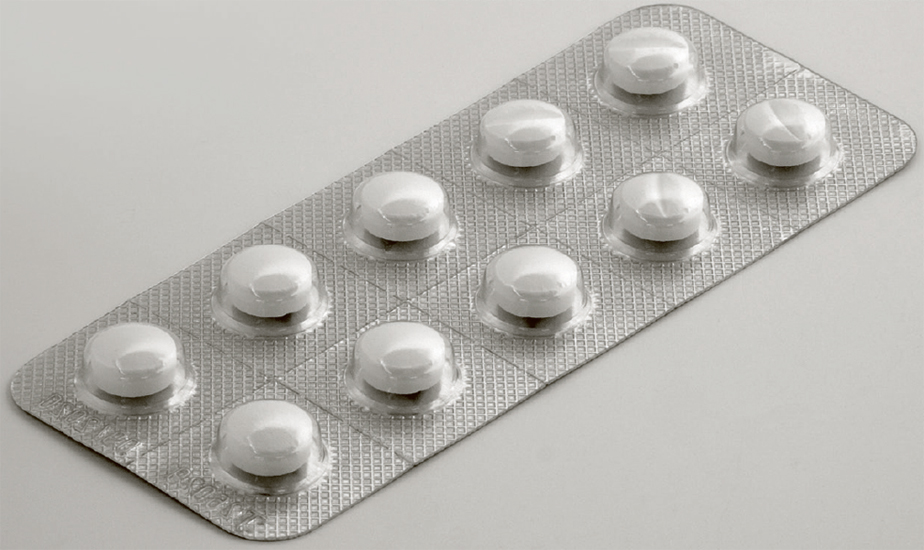
IS CBD TOO NOVEL FOR FOODS?
The ever-shifting sands of the CBD industry saw the European Food Safety Authority (EFSA) throw a particular curveball when it included CBD (and other cannabinoids) in their catalogue of novel foods in 2019.13
A food is classed as novel if it wasn’t regularly consumed before 1997. Despite protestations from the CBD industry about CBD’s consumption in hemp over hundreds if not thousands of years, its entry in the novel food catalogue means authorisations are required to prove CBD’s safety for human consumption in food and nutritional supplements.
The UK’s Food Standards Agency (FSA) has stated their position, warning they will crack down on CBD companies who haven’t submitted valid novel food applications by 31 March 2021. What this means in effect is that any non-compliant CBD products will be removed from shelves by trading standards officers and there will be a natural slimming down of the CBD industry.
In the United States, because CBD is the subject of an Investigational New Drug Application (for Epidiolex) and was not previously marketed in foods, it cannot be legally added to comestibles (including nutritional supplements).
So far, only the states of Washington, North Carolina, Ohio and the city of New York have banned businesses from selling food and drink containing CBD. However, with a plethora of CBD oils, edibles and drinks on the market elsewhere, it would seem most CBD companies are choosing to ignore FDA regulations.
It can sometimes feel like forces greater than ourselves are conspiring to limit CBD’s global expansion as both a wellness product and as medicine. Most agree that more regulation is necessary to weed out the less reputable CBD operators. However, this could mean only the big players who can afford the expensive licenses and authorisations required to sell CBD will remain.
Either way, it can be guaranteed that the next five years will see an equally dizzying amount of change in the CBD market. So hold onto your hats, it’s going to be an exciting ride!
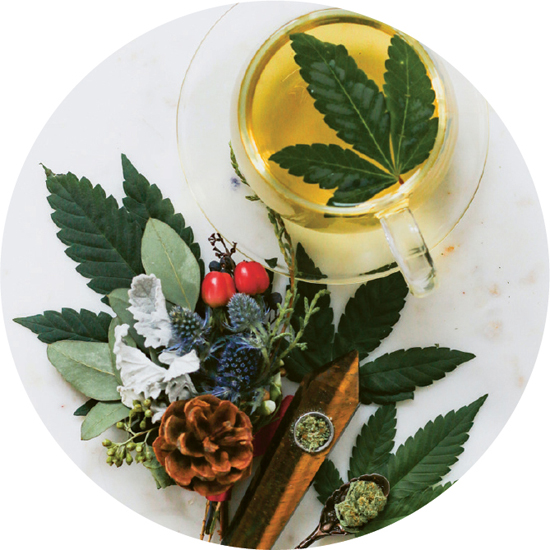
02
CBD BASICS
Snake Oil or Miracle Cure?
Depending on whom you speak to, CBD is described as anything from a snake oil to a miracle cure and everything in between.
It’s true that in some cases the same CBD oil products reducing seizures in children with epilepsy are also popular in the wellness sector, something unheard of in the nutritional supplement market until now. That’s why CBD is increasingly known as a health industry disruptor.
It may also explain why many fear that the pharmaceutical industry is looking for ways to close the CBD oil sector down. After all, if instead of swallowing a handful of prescription meds, patients are popping to the health food store to buy a side-effect-free and often more effective natural alternative, this will not go down well in big pharma board meetings.
That said, CBD oil is not a panacea. Some people find that they feel their health has improved after taking it, while others notice no difference at all. In the end, CBD is like any other wellness product or even pharmaceutical drug: it will work for some people and not for others.
But if we’re to really get a handle on how best to harness CBD’s therapeutic potential, it’s vital to get to grips with some CBD fundamentals. So, welcome to our CBD basics.
WHAT IS CBD?
Head to any website about CBD and it can feel like you’re bombarded with a load of scientific terms that you would need a degree in molecular biology to make any sense of.
What’s the point of all that fancy-pants science stuff if all you want to do is take some CBD and feel less stressed? I might have said the same thing a few years ago, but it’s actually quite fun getting a rudimentary understanding of CBD and how it affects the body.
CBD, otherwise known as cannabidiol, is one of 144 cannabinoids14, which are a special class of compounds predominantly found and produced in the sticky trichomes of cannabis flowers.
While tetrahydrocannabinol (THC), the bit that gets you stoned, has traditionally been the most abundant cannabinoid in cannabis, depending on the cannabis strain, varying amounts of CBD can also be found.
Hemp, which is still cannabis, just with only trace levels of THC, tends to have more CBD. That’s why in countries where THC is illegal (in effect, most of the world), CBD is extracted from hemp plants (sometimes called industrial hemp).
Other types of cannabinoids include: tetrahydrocannabinolic acid (THCA), cannabinol (CBN), cannabigerol (CBG), cannabichromene (CBC), tetrahydrocannabivarin (THCV), and cannabidiolic acid (CBDA), all of which interact with the body in different ways.
CBDA is particularly interesting because it is CBD’s acidic precursor. Contrary to what you might imagine, unpicked hemp contains very little CBD, but it is abundant in CBDA. When CBDA is dried or heated it is converted into CBD through a process known as decarboxylation (the removal of a carboxyl group). CBDA is an interesting cannabinoid in its own right, showing potential as an anticonvulsant and anti-nausea drug, and many CBD oils contain both CBD and CBDA.
A challenging aspect of CBD is the fact that it is lipophilic, meaning it tends to combine with or dissolve in fats rather than water. Seeing as our bodies contain 60 per cent water, much of the CBD taken orally cannot be absorbed by our bodies. Consequently, a lot of research and development is happening right now, looking into more efficient ways of ingesting CBD. But more on that later.
CBD IS SAFE
The good news is that scientific research has shown that even at high doses (up to 2000mg per day in some cases), CBD doesn’t have any serious side effects.15 Most people take between 10–50mg of CBD a day (assuming their CBD oil contains the amount of CBD it says on the label). So it’s unlikely the side effects (drowsiness, reduced appetite, diarrhoea, and fatigue) experienced by the children with epilepsy who were given up to 50mg per kilo of body weight of pure CBD, will be repeated at lower doses.
CBD WILL NOT MAKE YOU FEEL STONED
For many people taking CBD oil, this is the first direct experience they’ve ever had with cannabis. ‘Will I feel stoned?’ and ‘can I become addicted?’ are questions that are often asked.
The good news is that CBD is not going to make you feel high, stoned or any of those altered states associated with recreational cannabis. However, this doesn’t mean that CBD is classed as non-psychoactive.
Psychoactive is defined as a substance (normally a drug) that affects the mind. ‘Affecting’ the mind can simply mean interacting with receptors in the brain to change a mood state or brain chemistry in some way. So if we consider that CBD has been approved as an anti-epilepsy medication and is the subject of research for mental health conditions such as schizophrenia, PTSD, anxiety and depression, it can be safely assumed that CBD is indeed psychoactive – but in a good way.
However, if you are taking a CBD oil containing more than trace levels of THC (0.2 per cent in the UK or 0.3 per cent in the USA), you may experience some unexpected psychoactive effects. Which is why some people choose a ‘broad spectrum’ CBD oil, containing zero THC.
But overall, don’t expect to feel immediately different after taking CBD oil. For some people this can actually be a bit disappointing.
However, this lack of any mind-altering experiences is a key reason why CBD is non-addictive. In fact, according to current research, CBD may hold potential as a treatment for types of substance abuse, reducing instances of relapse and managing cravings.16
CBD VS THC
As the two most abundant cannabinoids in cannabis, CBD and THC will always be intrinsically linked.
For many years, THC was the cannabinoid getting all the column inches (positive and negative) because of its illegality and psychoactive effect. Even within the scientific community, CBD was initially largely ignored and assumed to be inactive.
I like to think of THC and CBD as being two brothers with polar opposite personalities. THC is the wild extrovert, sometimes overpowering in his presence, while CBD is the sensible one who’s there to clear up his sibling’s mess.
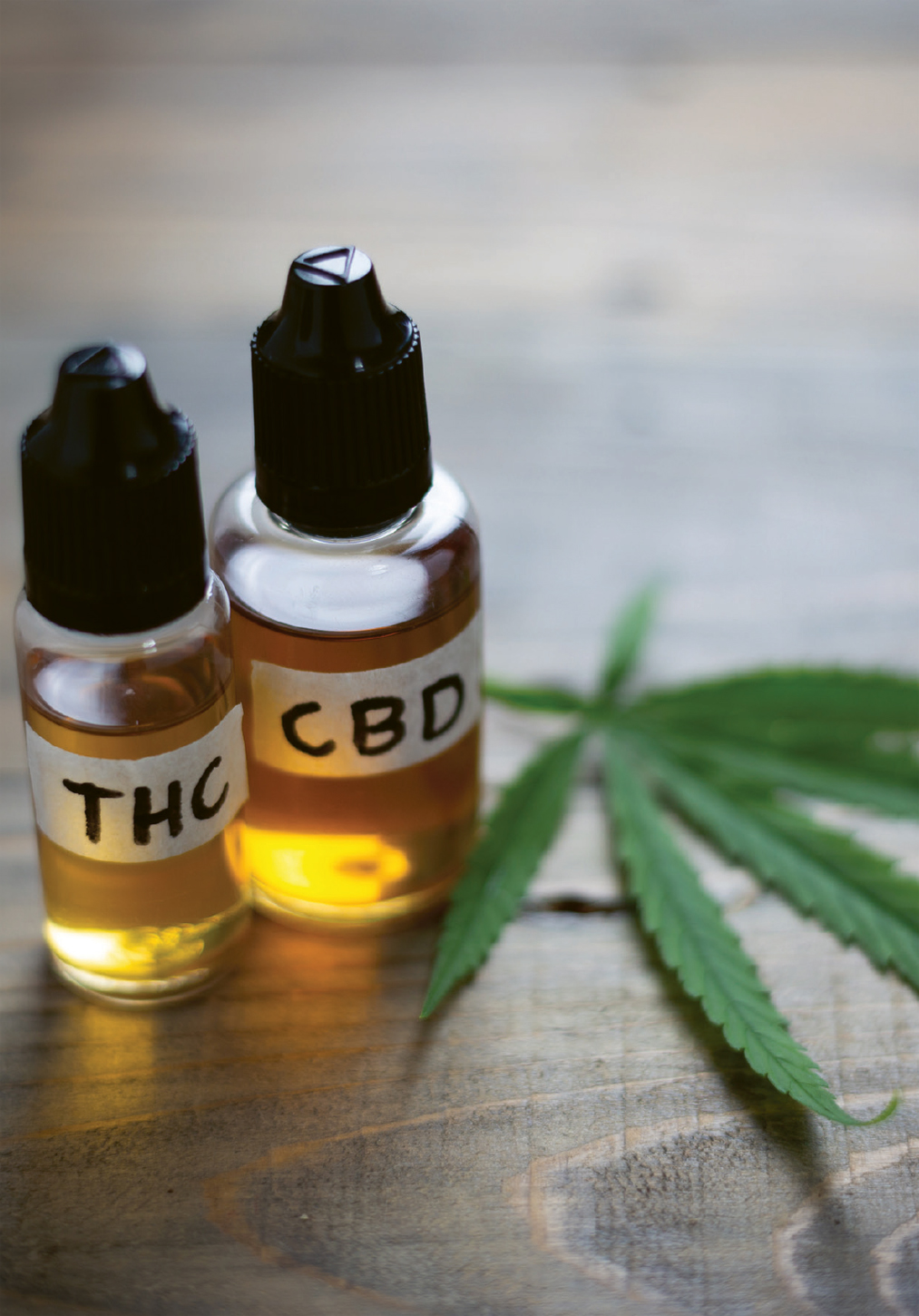
When both compounds are present in cannabis, CBD actually counteracts the high caused by THC. It’s one reason why 21st-century black-market cannabis blows the socks off most people. Twenty or thirty years ago, smoking a joint was a more benign, relaxing experience, due to a balanced ratio between the two cannabinoids. These days, recreational tastes demand high THC cannabis strains, so that’s what the illegal growers cultivate.
That’s not to say that CBD is the ‘good’ cannabinoid and THC the ‘bad’ one. This is at best an oversimplification and at worst, completely inaccurate.
THC is already prescribed for chemo-related nausea and vomiting, as well as cachexia (rapid weight loss and muscle wasting) in cancer and HIV patients in countries where medical cannabis is legal. The compound also shows potential as an anti-cancer drug due to its anti-tumoral effects. A further exciting area of research involves combining THC and CBD together as a treatment for cancer, and in conditions such as chronic pain and spasticity in multiple sclerosis.
In the CBD market, many people prefer to use CBD oils containing legally allowed amounts of THC (0.2 per cent in the UK and 0.3 per cent in the US), although opinion remains divided in the UK whether the Home Office actually permits any trace amounts of THC in CBD oil. It’s possible a future beckons where only CBD oil with zero THC will be available.
IS CBD OIL THE SAME AS CBD?
While CBD and CBD oil are often used interchangeably, it is important to differentiate between the two.
CBD (cannabidiol) is the molecule, while CBD oil is a hemp (or cannabis) extract containing CBD alongside other compounds found in the plant. After harvesting the hemp, active compounds (including CBD) are extracted using solvents such as carbon dioxide or ethanol. Heat is also applied to turn CBDA into CBD. The sticky hemp paste usually then passes through a filtration process, after which it is mixed with a carrier oil such as hemp seed oil, MCT coconut oil or olive oil.
From a scientific point of view, the average CBD oil available to the public contains a host of ‘impurities’ (minor cannabinoids, terpenes, flavonoids) and negligible amounts of CBD compared to the amounts administered in clinical trials. That’s why you’ll often hear scientists dismissing CBD oil as little more than a placebo. And yet, anecdotal reports suggest that whole-plant CBD oil can bring about powerful effects on our health at far lower doses than those used in medical trials and when accompanied by the other molecules found in hemp. Could the millions of people around the world who say CBD oil has helped their health all be wrong?
HOW CBD WORKS
It’s no accident that CBD has completely blown apart both the nutritional-supplement and medical-marijuana markets across the globe. Never before has a plant-based health product been used by such an extensive cross section of the population for a whole range of health conditions.
The doubters question whether CBD really can treat everything – pain, anxiety, sleep disorders, epilepsy and potentially even cancer.
However, when you consider the myriad of ways CBD interacts with our bodies, it soon becomes clear that it is no ordinary compound.
CBD THE MULTI-TASKING MOLECULE
A key step in the process of bringing a drug to market is understanding how a substance affects the body.
CBD is considered a pleiotropic molecule, which means it causes diverse effects in our bodies through multiple mechanisms of action.
A key way that compounds create biological reactions is by binding with receptors in our cells. Receptors are like locks, waiting to be opened by chemical keys such as neurotransmitters in order to convert any incoming signals into a biological response.
CBD binds with several different classes of receptors, all of which create very different effects in our body. It’s as if CBD were some kind of molecular social butterfly, flitting from one type of receptor to another.
CBD Activates Serotonin Receptors
Many people report feeling happier and less anxious after taking CBD, which scientists believe can be partly explained by its activation of 5-HT1A serotonin receptors in the brain.17
Serotonin is a type of neurotransmitter, crucial to maintaining balanced mental wellbeing. Indeed, a widely used class of antidepressant medications act by increasing serotonin signalling.
CBD Binds with Pain Receptors
One of the most common reasons people take CBD is to alleviate pain, and it’s thought CBD’s activation of the TRPV1 ‘vanilloid’ receptor could be a contributing factor.18 TRPV1 receptors are found in neurons (nerve cells) involved in pain perception, pain control, inflammation and body temperature.
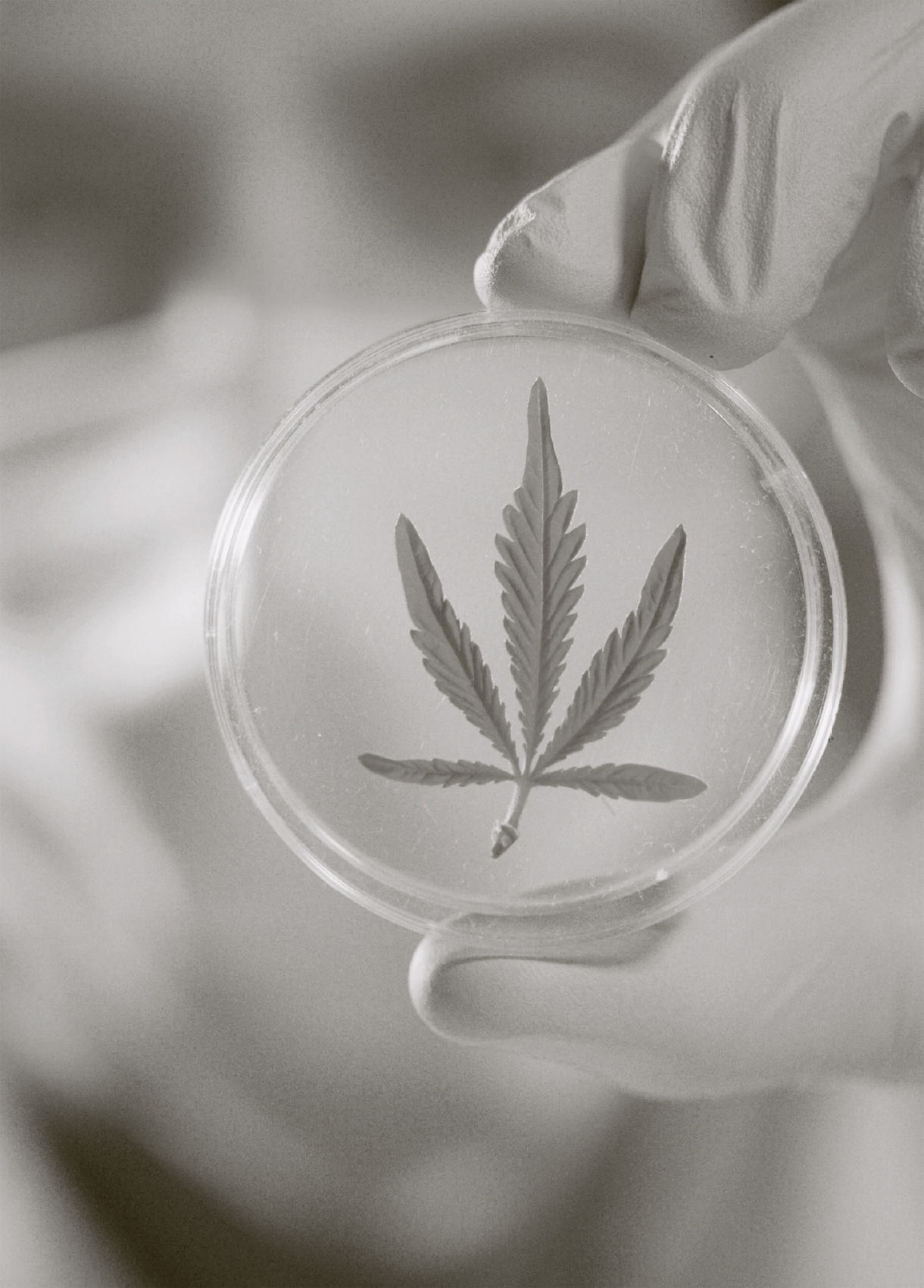
CBD Activates PPARS Nuclear Receptors
Could CBD be an anti-tumoral drug of the future? The truth is, it’s still too early to say, but in preclinical studies scientists have found CBD elicits anti-cancer effects by activating special receptors (peroxisome proliferator activated receptors)19 that regulate the expression of genes. Not only that, stimulating these receptors may break down amyloid plaque in the brain, the hard clumps of protein that destroy healthy connection between nerve cells in Alzheimer’s patients.
CBD Blocks GPR55 Orphan Receptors
Scientists aren’t only interested in researching substances that activate receptors. Blocking agents known as antagonists also have a therapeutic place in drug development.
CBD has been found to block GPR55 receptors.20 An overabundance of these GPR55 receptors has been detected in various types of cancer, and researchers believe their activation may promote the spread of cancer cells.21 This doesn’t mean that CBD cures cancer, but its ability to block GPR55 receptors means it could be an anti-cancer drug of the future.
CBD Modulates the Immune System
Scientists believe CBD elicits its anti-inflammatory effect by suppressing the function of white blood cells called T Cells, reducing the production of pro-inflammatory proteins called cytokines, and stopping inflammatory cells from migrating to other parts of the body.22
CBD Is a Powerful Antioxidant
Alongside other cannabinoids, CBD has been found to be a powerful antioxidant, on a par with vitamin C and E.23 This combined with CBD’s overall anti-inflammatory effect and ability to reduce the overproduction of glutamate, a neurotransmitter that can cause brain cell death, means CBD may actually protect our brain cells from age-related damage.
CBD AND THE ENDOCANNABINOID SYSTEM
Another reason CBD’s effects on our health are so wide reaching may be due to the compound’s interaction with our endocannabinoid system (ECS).
Don’t panic if this is the first time you’ve heard of the ECS. Despite its discovery in the early 1990s, even most medical schools do not include the ECS in their syllabus.
Why? Well, a clue can be found in the name: endo (meaning within) and cannabinoid (molecules like THC and CBD found in cannabis).
In fact, scientists only discovered the ECS when they were trying to understand THC’s psychoactive effects in humans. They found a vast network of receptors named CB1 (CB = for cannabinoid) in our brains and central nervous systems which are directly activated by THC. Another class of receptor (CB2) was later located, predominantly in immune cells. Their activation (again by THC) is thought to have an overall anti-inflammatory effect.
Next, the hunt was on for chemicals produced within the body that bind with the endocannabinoid receptors. With the discovery of the endocannabinoid anandamide, named after the Sanskrit word for bliss, and the less poetic 2-AG, scientists had their answer. However, despite all these amazing breakthroughs, it still wasn’t clear what the ECS actually did.
Because endocannabinoids signal backwards across the gaps between neurons, scientists concluded that the ECS must have some kind of modulating function, acting a bit like a dimmer switch – turning up or down cellular activity in order to bring about balance, also known as homeostasis.
Hence the ECS is widely described as a highly dynamic homeostatic regulator, playing an important part in all biological functions; everything from our sleep, appetite, memory, mood, reproduction, immune system, pain control and cell proliferation is regulated by our ECS.
ENDOCANNABINOID DEFICIENCY
We can think of the ECS as the conductor of an orchestra, making sure no one section drowns out another. But what happens when the conductor has an off day or leaves his orchestra unattended? Chaos breaks out and that perfect harmony is lost.

HOW CBD WORKS WITH THE ECS
Unlike THC, CBD does not directly bind with either CB1 or CB2 endocannabinoid receptors. Instead, CBD interacts with the ECS by blocking an enzyme called fatty acid amide hydrolase (FAAH), responsible for breaking anandamide down in the body.
Because endocannabinoids are produced on demand and broken down as soon as their regulating role has been performed, delaying its degradation means anandamide gets to hang out for longer doing its anti-inflammatory, mood-boosting work.
This relationship between CBD, anandamide and FAAH inhibition was highlighted in a clinical trial in which subjects with schizophrenia were given CBD.26 Researchers noticed that administering CBD appeared to block FAAH, which in turn led to higher anandamide levels, and an overall improvement in psychotic symptoms.
It could also explain why people suffering from conditions falling under the ‘endocannabinoid deficiency’ umbrella, such as IBS, fibromyalgia and migraines, tend to find their symptoms improve when they are taking CBD.
If your only reason for taking CBD is to support the healthy functioning of your endocannabinoid system, you probably won’t be going far wrong.
03
CBD RESEARCH
A recent study by the Centre for Medical Cannabis, a membership body representing businesses in medical cannabis and the CBD industry, concluded that a ‘sizeable proportion’ of the 4 to 6 million CBD users in the UK say they experience a medicinal or therapeutic benefit from it.27 This suggests that as well as taking CBD for overall wellness, many people are using it to treat health conditions, either alongside or instead of prescription medication.
Before taking any medication, be it prescription, over-the-counter or botanical, it’s vital to do your own research into any side effects and drug interactions, and most importantly, whether there is sufficient evidence proving its efficacy. These are all questions you should be asking yourself before taking CBD oil for your own health.
Since entering the CBD and medical cannabis industry, I’ve learned how to pull out the relevant facts from lengthy scientific studies, but this isn’t a skill all of us have honed. That’s why I’ve compiled this section on CBD research, kicking off with a quick primer on the truth behind the ‘CBD cures X’ stories in the newspapers.
Please note, the research listed is correct at the time of writing but additional results from studies may be published subsequently. Even where results are encouraging, they do not constitute sufficient evidence to take CBD instead of your current prescription medication.

